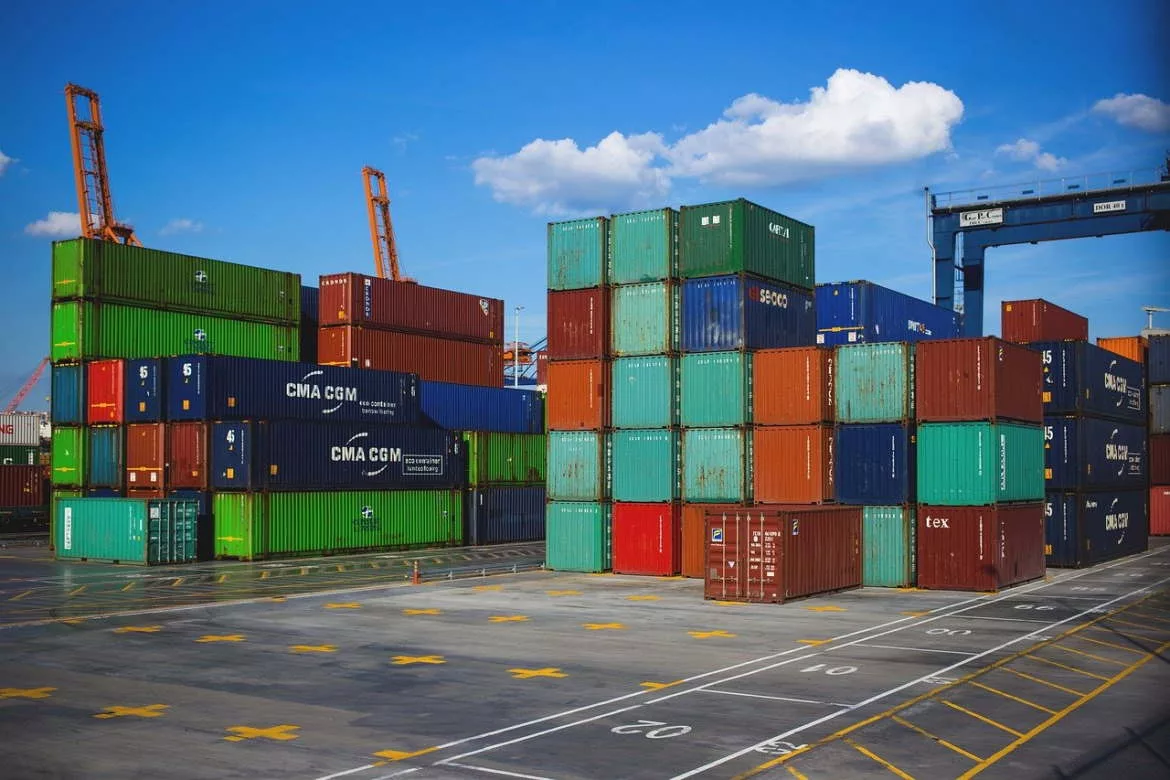Stalled Ships Impact the Ongoing Construction Materials Shortage

As everyone knows, roofing contractors and others throughout the construction industry face challenges related to material delays. Some supply deliveries are late, while other items are impossible to get under any timeframe. And at the end of August, the Marine Exchange of Southern California reported a situation that was only adding to the backups. It seems 44 freight ships were at anchor, stuck and waiting for entry into Los Angeles and Long Beach, two of the state’s largest ports. According to the marine exchange, the number of container ships awaiting entry is usually one or zero.
This unprecedented backlog is the result of a few factors: surges in holiday buying, the labor shortage, and disruptions due to COVID-19. According to Port of Los Angeles data, the container ships’ average wait time had escalated to 7.6 days.
Import Traffic Jam
The Los Angeles and Long Beach ports are primary sources for Chinese goods, and they account for approximately one-third of all U.S. imports. Throughout the pandemic, they have experienced heavier congestion than usual. In addition, ships are much larger than they were in past years. So, while this allows companies to move more goods, it also means that the vessels take longer to unload and require more trucks and trains to deliver the materials, as well as more warehouses for storage.
As these ships remained anchored off the California coast, companies transporting goods to and from China and other Asian counties anticipated even more delays. For example, one executive reported that a container ship was denied entry to China because a crew member tested positive for COVID-19. As a result, the ship was forced to return to Indonesia and replace the entire crew. From start to finish, the shipment was delayed two months.
Meanwhile, as of early September, more than 50 ships were in limbo in the East China Sea, waiting to dock at Ningbo-Zhousan. This port is China’s second busiest, but it was closed for more than a week because a staff member tested positive for COVID-19. While these ships continued to wait, others had to be diverted to other ports.
While shipping slowed in the early months of the pandemic, it was not as dire since global demand for goods slowed for a time as well. But now demand is back, stronger than ever, and international ports are having difficulty keeping up. Retailers are beginning to worry about having the necessary inventory for holiday buying. And some industry experts predict that the ocean shipping capacity will not return to normal levels until 2023.
What the Future May Hold
The international shipping situation is troublesome, and it’s not a short-term problem that will correct itself soon. It is good to hear that some freight companies are ordering new container ships to help address higher demand. However, these ships can take as long as two or three years to build, so they will not provide relief right away.
Many agree that China’s strict COVID-19 protocols have played a role in the delays. So, we may see companies beginning to question their reliance on materials from China as the world waits for its deliveries.
In addition, experts warn that we can expect a rise in inflation as importers pass along increased shipping costs to their customers. That development could impact economies around the world.
Advice for Contractors
In the meantime, contractors must find ways to secure the materials they require. One important strategy is to stay in touch with your suppliers. Talk to them about your priorities, and ask for their input regarding material availability. They probably can advise you about reasonable substitutions to make or give you estimations for expected deliveries. If you can identify common materials that you often need, it might be wise to begin ordering those now and create an inventory. Such a practice can help you will future projects.
Also, be sure to check your contracts and see if they include provisions for material delays, material substitutions, and price acceleration. These clauses can protect you from liability if you are having a hard time getting the materials you need.
Looking ahead, also use caution in bidding on new contracts. Prices will likely increase between now and when the projects start, so be sure to include the provisions mentioned above in your future contracts. This is a challenging time for everyone in construction, so you need to walk a fine line between committing to new business and overpromising during a supply chain disruption.
Disclaimer: The information contained in this article is for general educational information only. This information does not constitute legal advice, is not intended to constitute legal advice, nor should it be relied upon as legal advice for your specific factual pattern or situation.
Looking for a reprint of this article?
From high-res PDFs to custom plaques, order your copy today!








